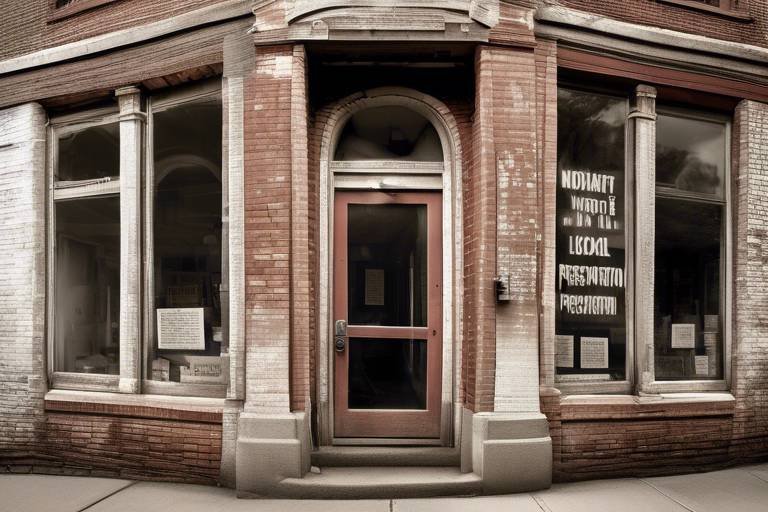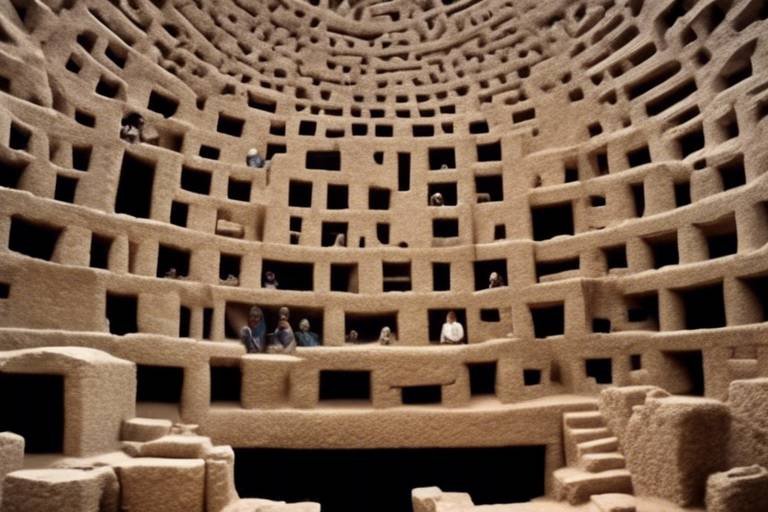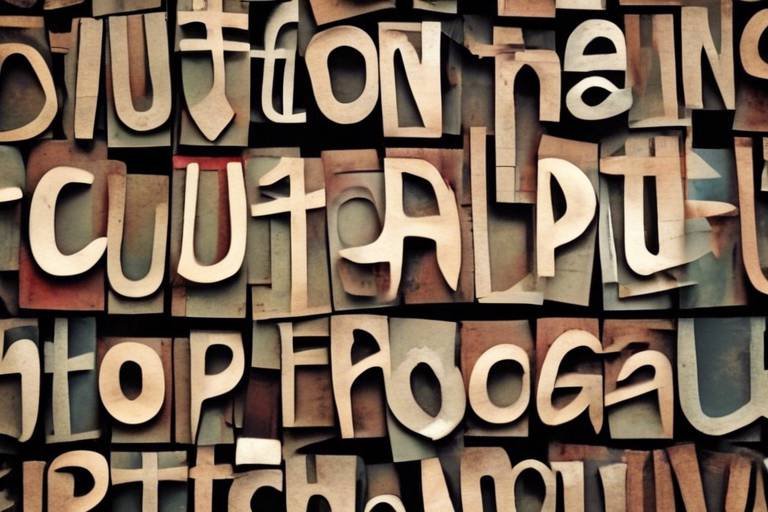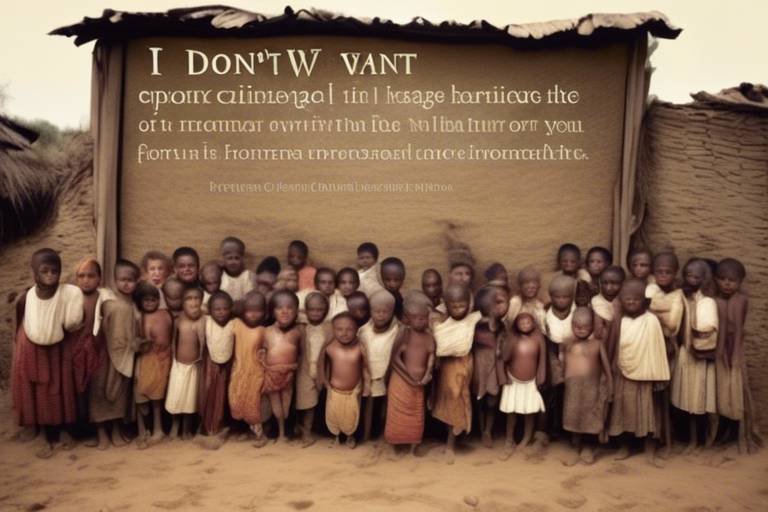How to Get Involved in Local Heritage Preservation Efforts
Getting involved in local heritage preservation efforts is a rewarding way to contribute to the preservation and promotion of your community's rich history and cultural heritage. By actively participating in heritage preservation initiatives, individuals can play a crucial role in safeguarding historical landmarks, traditions, and stories for future generations to cherish and learn from.
One of the most effective ways to get involved in local heritage preservation is through volunteering. Heritage preservation organizations often rely on dedicated volunteers to assist with a wide range of tasks, from event planning and documentation to hands-on restoration work. By offering your time and skills, you can make a tangible impact on the preservation of local heritage sites and contribute to their ongoing maintenance and protection.
Additionally, individuals can engage in advocacy and awareness campaigns to garner public support and funding for heritage preservation projects. By raising awareness about the importance of preserving local heritage, you can inspire others to take action and contribute to the conservation efforts in your community.
Collaborating with local institutions such as museums, historical societies, and government agencies is another effective way to support heritage preservation. By partnering with these organizations, individuals can access valuable resources, expertise, and networks that can help further heritage conservation initiatives and ensure the long-term sustainability of preservation efforts.
Furthermore, acquiring education and training in heritage conservation is essential for individuals looking to deepen their knowledge and skills in preserving local heritage. Workshops, courses, and certifications in heritage conservation provide valuable insights and techniques that can enhance your ability to contribute meaningfully to heritage preservation projects.
For those interested in supporting heritage preservation financially, fundraising initiatives play a crucial role in securing resources for preservation projects. Organizing fundraising events, writing grants, and launching crowdfunding campaigns are effective strategies to raise funds and generate support for heritage conservation efforts in your community.
Engaging youth in heritage preservation activities is vital for ensuring the continuity of cultural traditions and historical awareness. By involving young people in heritage preservation projects, communities can instill a sense of pride and responsibility in the next generation to safeguard and celebrate their local heritage.
Moreover, leveraging technology such as digital tools, virtual reality, and social media can enhance the documentation, promotion, and preservation of local heritage sites and traditions. Embracing innovative technologies allows heritage preservation efforts to reach a wider audience and engage individuals in new and interactive ways, ensuring the continued relevance and significance of local heritage.
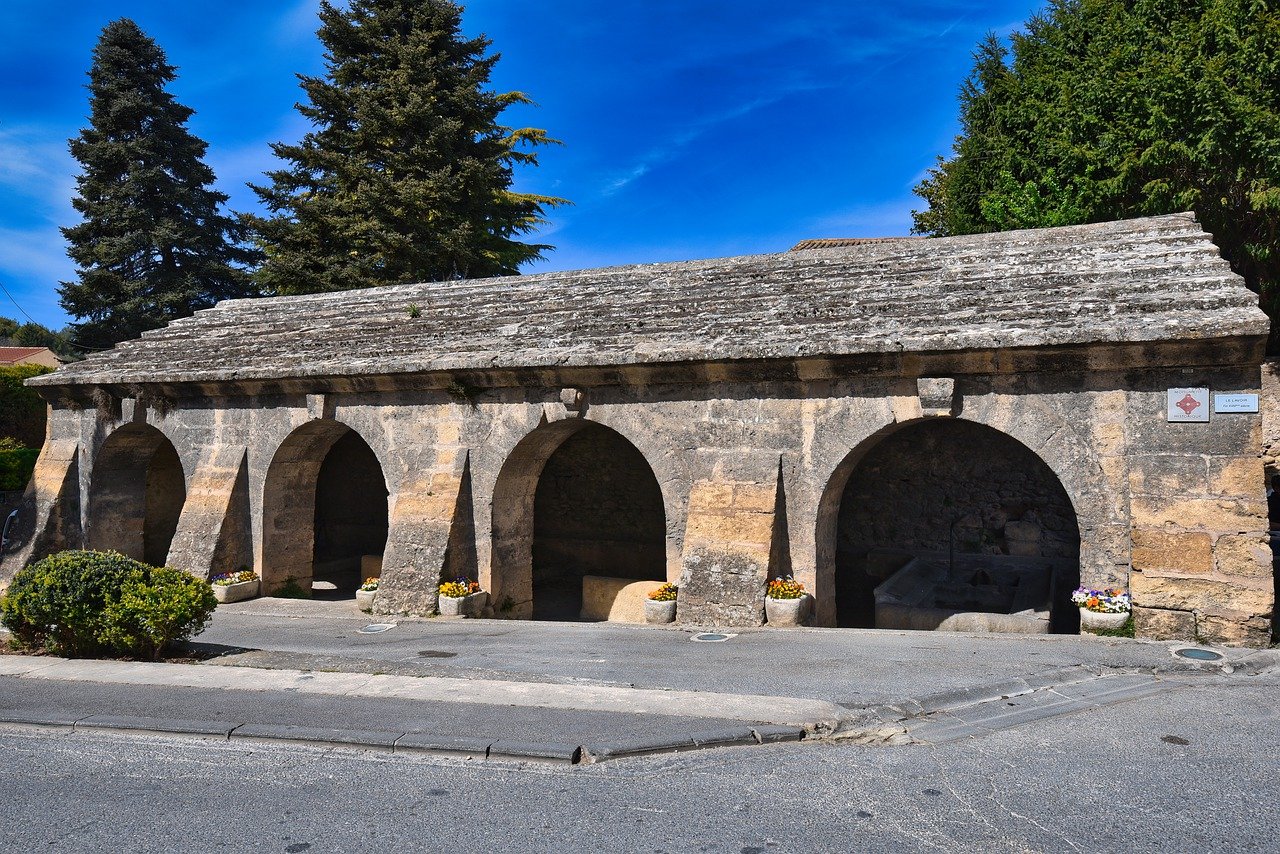
Understanding the Importance of Heritage Preservation
In today's fast-paced world, where change is constant and modernization is rapid, the significance of heritage preservation cannot be overstated. Local heritage preservation plays a crucial role in maintaining the cultural identity of a community, passing down traditions from generation to generation, and fostering a sense of pride among residents.
Imagine a town without its historic landmarks, museums, or traditional festivals. It would be like a book missing its chapters, a story incomplete. Heritage preservation is the thread that connects the past, present, and future, weaving a tapestry of memories and stories that define who we are and where we come from.
By safeguarding local heritage sites and traditions, we not only preserve tangible artifacts but also protect intangible cultural practices that hold deep-rooted meanings. These sites are not just bricks and mortar; they are living testimonies to the struggles, triumphs, and everyday lives of our ancestors.
Moreover, heritage preservation serves as a valuable educational tool, allowing current and future generations to learn about their history, appreciate the achievements of those who came before them, and understand the cultural diversity that enriches our society.

Volunteering Opportunities in Heritage Preservation
Volunteering in heritage preservation offers a unique opportunity to actively engage in safeguarding and promoting local cultural treasures. By becoming a heritage preservation volunteer, individuals can play a crucial role in ensuring that historical sites, traditions, and landmarks are preserved for future generations to appreciate and learn from.
One of the key volunteering opportunities in heritage preservation is event planning. Volunteers can assist in organizing cultural events, heritage festivals, and educational programs that celebrate the local history and traditions of a community. By participating in event planning, volunteers can help raise awareness and interest in the importance of heritage preservation.
Another significant role for volunteers is documentation. Documenting historical sites, artifacts, and oral histories is essential for preserving the cultural heritage of a region. Volunteers can contribute by conducting research, taking photographs, recording interviews, and creating digital archives that serve as valuable resources for future conservation efforts.
Furthermore, volunteers can get involved in restoration work, which involves hands-on activities such as conservation, repair, and maintenance of historical buildings, monuments, and artifacts. By participating in restoration projects, volunteers can directly contribute to the physical preservation of local heritage sites and ensure their longevity for years to come.
Collaboration with heritage preservation organizations and projects provides volunteers with the opportunity to work alongside professionals in the field, gaining valuable experience and knowledge about heritage conservation practices. By volunteering their time and skills, individuals can make a meaningful impact on the preservation of their community's cultural legacy.
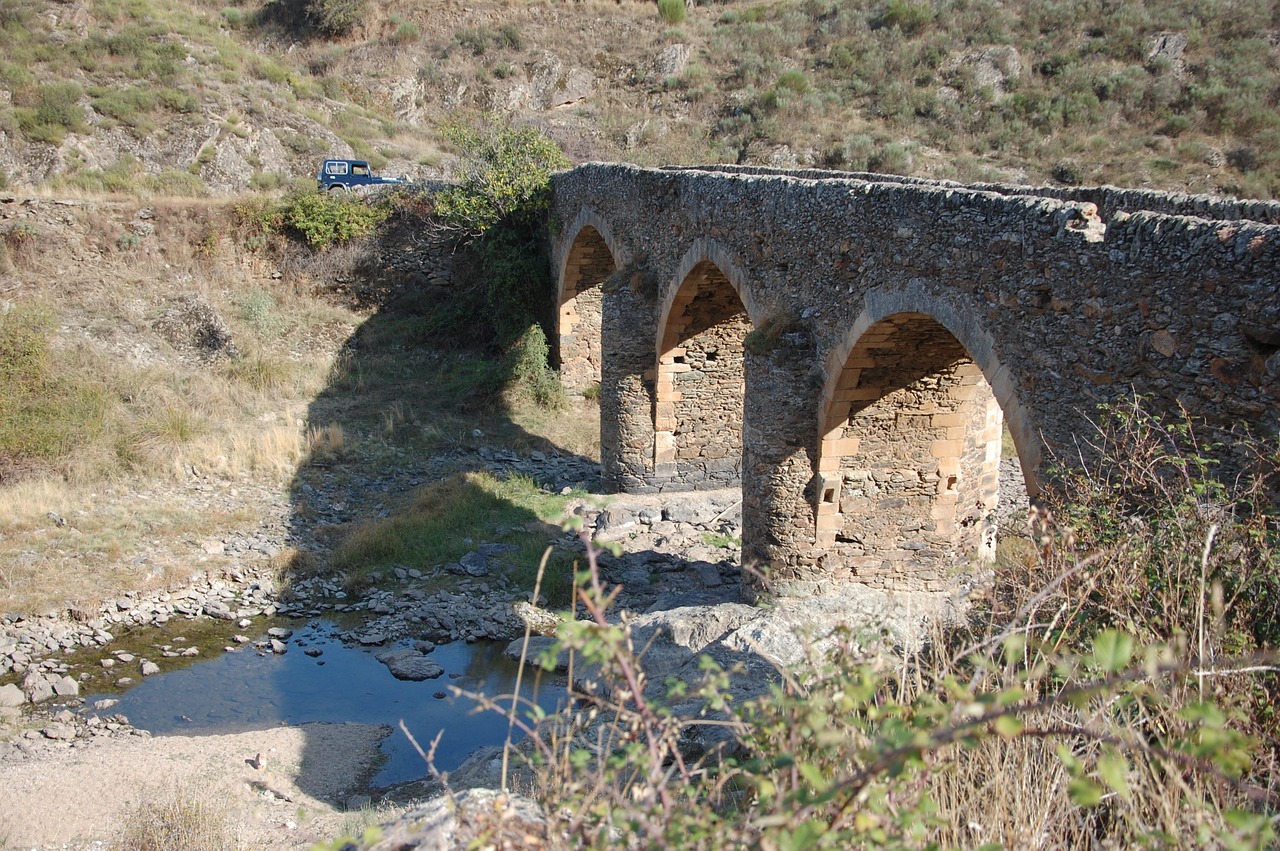
Advocacy and Awareness Campaigns
Advocacy and awareness campaigns play a crucial role in garnering public support and funding for heritage preservation initiatives. By raising awareness about the importance of safeguarding local heritage sites and traditions, these campaigns aim to engage the community in preserving their shared history.
One effective strategy in advocacy and awareness campaigns is to collaborate with local media outlets to disseminate information about heritage preservation projects and events. By leveraging newspapers, radio stations, and online platforms, heritage organizations can reach a wider audience and generate interest in their initiatives.
Additionally, hosting public events such as heritage walks, lectures, and exhibitions can help educate the community about the significance of local heritage. These events not only raise awareness but also provide opportunities for individuals to actively participate in preservation efforts.
Advocacy campaigns often involve lobbying local government officials and policymakers to allocate resources and support legislation that protects heritage sites. By advocating for heritage preservation at the governmental level, individuals can influence decision-making processes and ensure the long-term sustainability of cultural landmarks.
Collaborating with like-minded organizations and community groups is another effective way to amplify advocacy efforts. By forming partnerships with environmental conservation groups, historical societies, and educational institutions, heritage preservation advocates can pool resources and expertise to advance their cause.
Ultimately, advocacy and awareness campaigns serve as catalysts for mobilizing individuals and communities to take action in preserving their local heritage. By engaging in these campaigns, individuals can contribute to safeguarding cultural identity, promoting historical education, and fostering community pride for future generations to cherish.
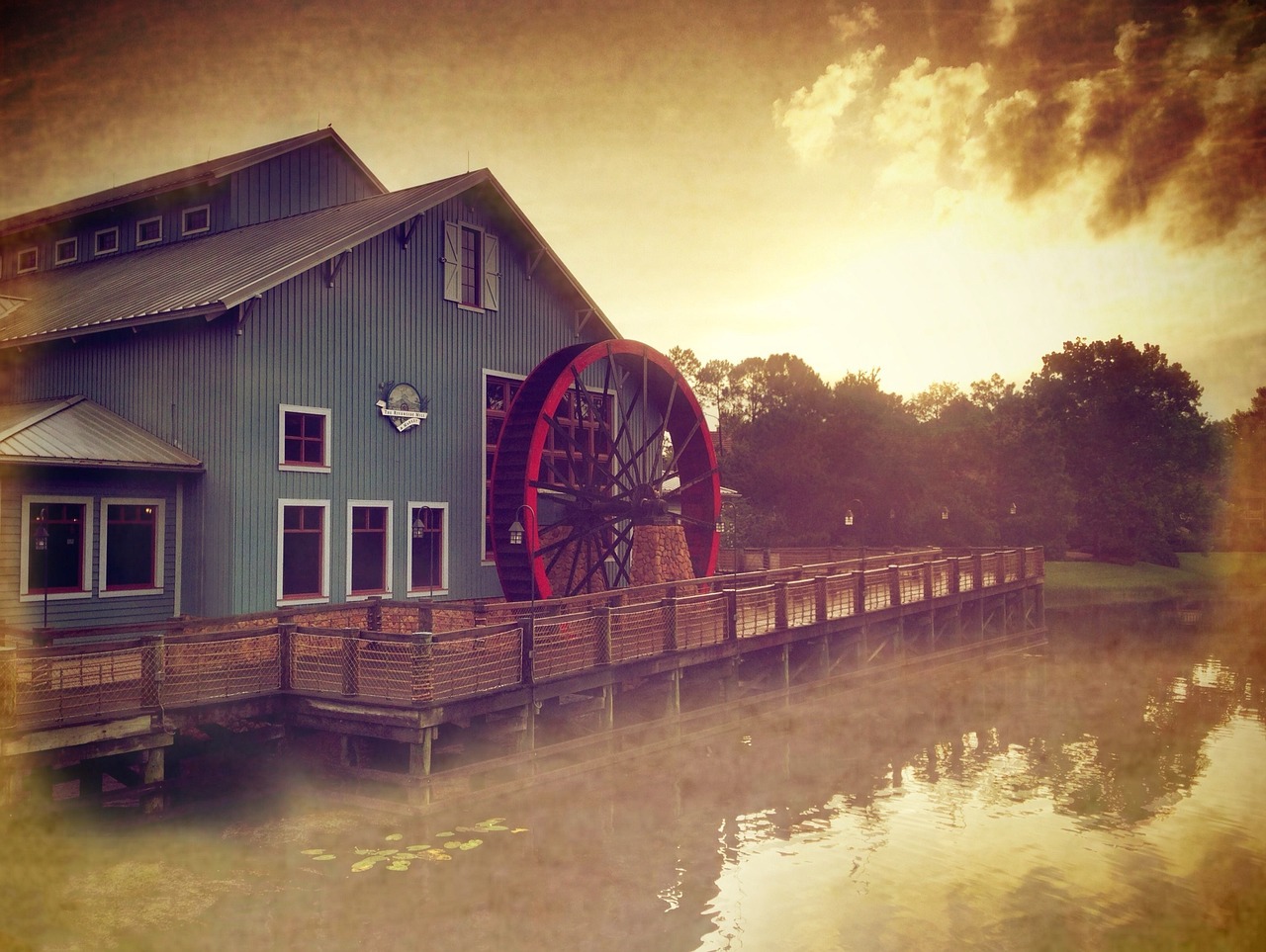
Collaborating with Local Institutions
Collaborating with local institutions is a crucial aspect of actively participating in heritage preservation efforts within your community. By forming partnerships with museums, historical societies, and government agencies, individuals can contribute significantly to the conservation and promotion of local heritage sites and traditions.
Local institutions often have valuable resources, expertise, and networks that can enhance heritage preservation projects. Collaborating with these organizations can provide access to historical archives, funding opportunities, and specialized knowledge in heritage conservation.
Moreover, partnering with local institutions can help raise awareness about the importance of heritage preservation among the broader community. By working together, individuals can leverage the influence and reach of these organizations to engage more people in supporting and participating in preservation initiatives.
Collaboration with museums and historical societies can also lead to exciting opportunities for public engagement. By organizing joint events, exhibitions, or educational programs, individuals can create immersive experiences that showcase the significance of local heritage and attract a diverse audience.
Furthermore, government agencies play a vital role in heritage preservation through policy-making, funding allocation, and regulatory oversight. By collaborating with these institutions, individuals can advocate for stronger heritage protection measures, secure financial support for preservation projects, and ensure compliance with conservation standards.
In essence, collaborating with local institutions is not only about sharing resources and expertise but also about building strong relationships that foster a collective commitment to preserving and celebrating the rich heritage of a community.

Education and Training in Heritage Conservation
Education and training play a crucial role in heritage conservation, equipping individuals with the knowledge and skills necessary to preserve and protect local historical sites and traditions. By participating in workshops, courses, and certifications focused on heritage conservation, enthusiasts can deepen their understanding of preservation techniques and best practices. These educational opportunities not only empower individuals to take an active role in safeguarding their heritage but also foster a sense of responsibility towards the cultural legacy of their communities.
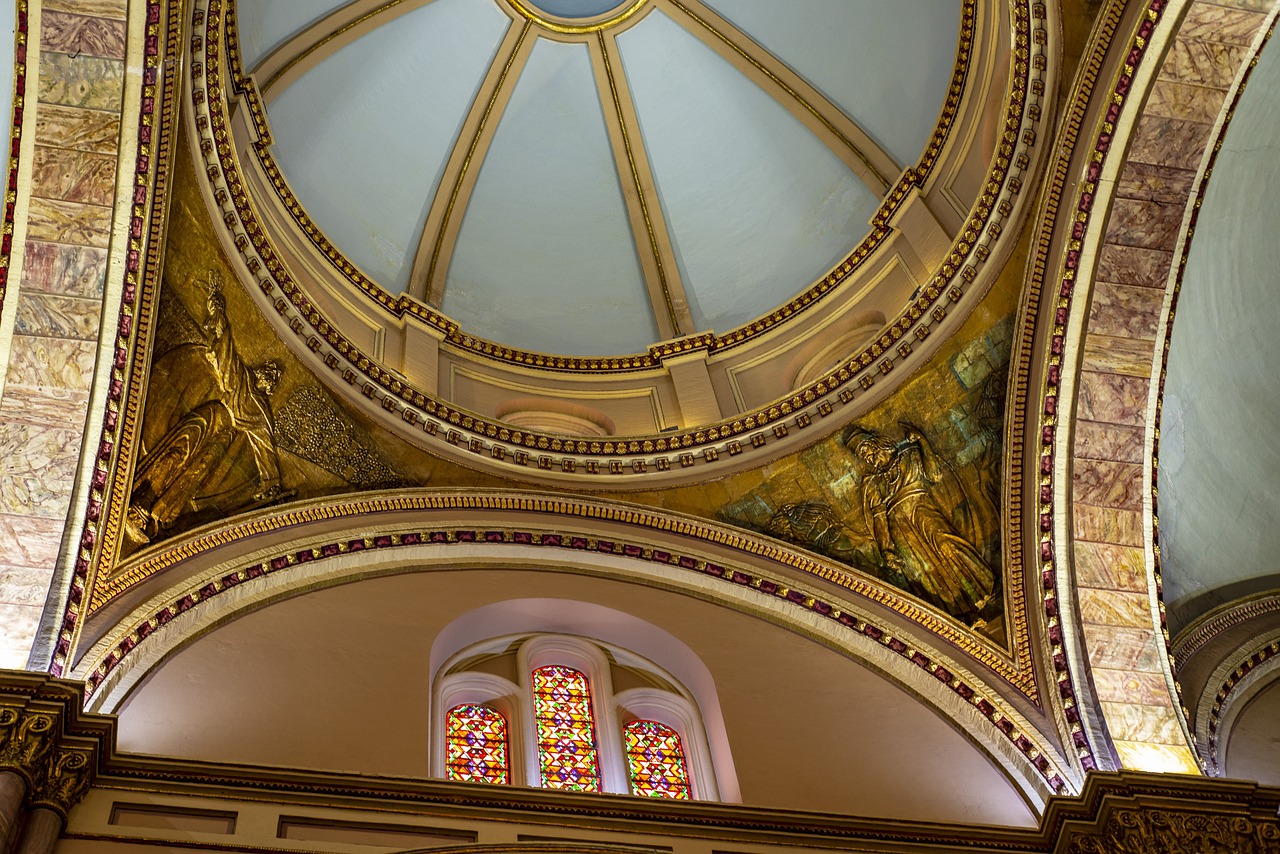
Fundraising for Heritage Preservation Projects
When it comes to preserving our local heritage, fundraising plays a crucial role in supporting various preservation projects and initiatives. Organizing effective fundraising efforts can provide the necessary financial resources to maintain and restore historical landmarks, cultural sites, and traditions that are integral to our community's identity.
One strategy for fundraising for heritage preservation projects is to host events that not only raise funds but also raise awareness about the importance of preserving our shared heritage. These events can include heritage-themed galas, auctions of historical items, or cultural festivals that celebrate the local traditions being preserved.
Grant writing is another essential aspect of fundraising for heritage preservation. Seeking out grants from government agencies, foundations, and historical preservation organizations can provide significant financial support for conservation and restoration projects. Crafting compelling grant proposals that highlight the historical significance and community impact of the project is key to securing funding.
Crowdfunding campaigns have also become a popular way to engage the community in supporting heritage preservation efforts. Platforms like Kickstarter and GoFundMe allow individuals to donate directly to specific projects, making it easier for people to contribute to causes they care about. Creating a compelling campaign with a clear goal and engaging storytelling can attract donors from near and far.
Collaborating with local businesses and corporate sponsors can also be a fruitful avenue for fundraising. Establishing partnerships with companies that value community involvement and cultural heritage can lead to sponsorships, donations, or in-kind support for preservation projects. Businesses often see the value in aligning themselves with projects that contribute to the local community's well-being and cultural richness.
Overall, fundraising for heritage preservation projects requires creativity, strategic planning, and community engagement. By tapping into various fundraising avenues and mobilizing support from individuals, businesses, and organizations, we can ensure that our local heritage sites and traditions are preserved for future generations to cherish and enjoy.

Engaging Youth in Heritage Preservation
Engaging youth in heritage preservation is crucial for ensuring the continuation of cultural traditions and historical awareness in communities. By involving young people in heritage preservation activities, we not only pass down valuable knowledge and practices to the next generation but also instill a sense of pride and responsibility towards their local heritage.
One effective way to engage youth in heritage preservation is through educational programs that are interactive and engaging. Workshops, seminars, and hands-on activities can capture the interest of young individuals and provide them with valuable insights into the importance of preserving their heritage.
Collaborating with schools and youth organizations is another effective strategy to involve young people in heritage preservation. By integrating heritage-related projects into school curriculums or organizing heritage-themed events for youth groups, we can spark their curiosity and encourage active participation in preserving local heritage.
Furthermore, leveraging technology can make heritage preservation more appealing to the younger generation. Virtual reality tours of historical sites, interactive mobile apps showcasing local traditions, and social media campaigns can attract the interest of tech-savvy youth and involve them in heritage conservation efforts.
Creating mentorship programs where experienced heritage preservationists guide and mentor young enthusiasts can also foster a sense of community and belonging among youth involved in heritage preservation. By providing opportunities for skill development and hands-on experience, we can empower the youth to take an active role in safeguarding their cultural heritage.
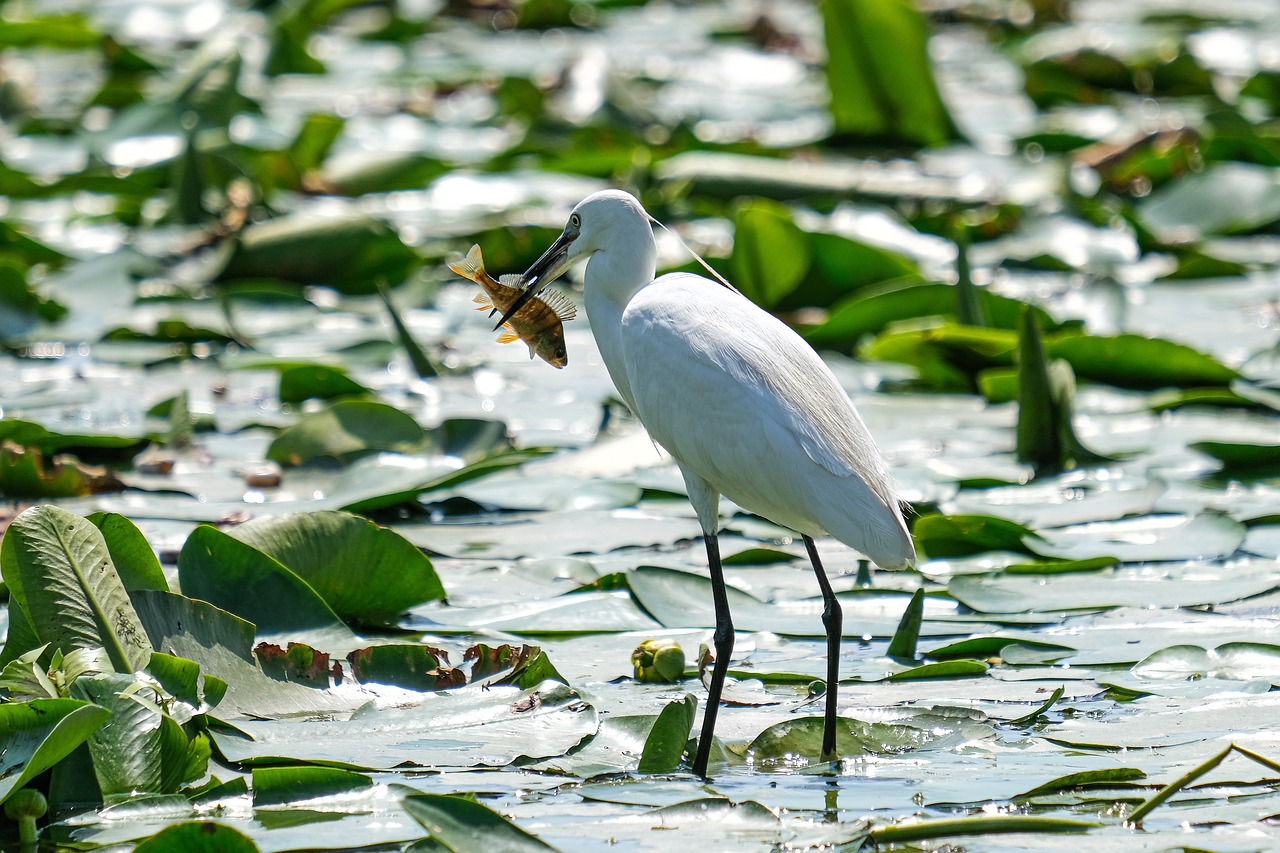
Utilizing Technology for Heritage Conservation
Technology plays a crucial role in the conservation of heritage sites and traditions, offering innovative ways to document, promote, and preserve local history. Digital tools enable the creation of virtual tours, allowing individuals to explore historical landmarks from anywhere in the world. Social media platforms provide a means to raise awareness about heritage preservation efforts and engage a wider audience in supporting these initiatives.
Virtual reality (VR) technology offers immersive experiences that bring historical sites to life, offering a glimpse into the past and enhancing visitor engagement. By utilizing VR, heritage conservationists can create interactive experiences that educate and inspire individuals to appreciate and protect their local heritage. Additionally, 3D scanning technology allows for the detailed documentation and preservation of fragile artifacts and architectural structures, ensuring their legacy for future generations.
Collaborating with tech-savvy individuals and organizations can lead to the development of innovative solutions for heritage conservation challenges. By harnessing the power of technology, heritage preservationists can reach a broader audience, attract younger generations, and secure the necessary support and resources to safeguard local heritage for years to come.
Frequently Asked Questions
- What is heritage preservation?
Heritage preservation involves safeguarding and promoting the cultural, historical, and natural assets of a community for present and future generations. It includes efforts to protect landmarks, traditions, artifacts, and stories that hold significance in a particular region.
- Why is heritage preservation important?
Heritage preservation is crucial for maintaining a sense of identity, fostering historical understanding, and instilling community pride. By conserving local heritage, we honor our past, educate future generations, and create a sense of belonging and continuity.
- How can I get involved in heritage preservation?
There are various ways to contribute to heritage preservation, such as volunteering for organizations, participating in advocacy campaigns, collaborating with local institutions, acquiring education in conservation, fundraising for projects, engaging youth, and utilizing technology for documentation and promotion.
- What are some volunteer opportunities in heritage preservation?
Volunteer roles in heritage preservation can include event planning, documentation of historical sites, assisting with restoration projects, conducting research, leading tours, organizing educational programs, and participating in outreach initiatives to raise awareness about local heritage.
- How can I support heritage preservation financially?
You can support heritage preservation financially by organizing fundraising events, applying for grants, launching crowdfunding campaigns, sponsoring specific projects, donating to heritage organizations, and advocating for public funding for preservation initiatives.

